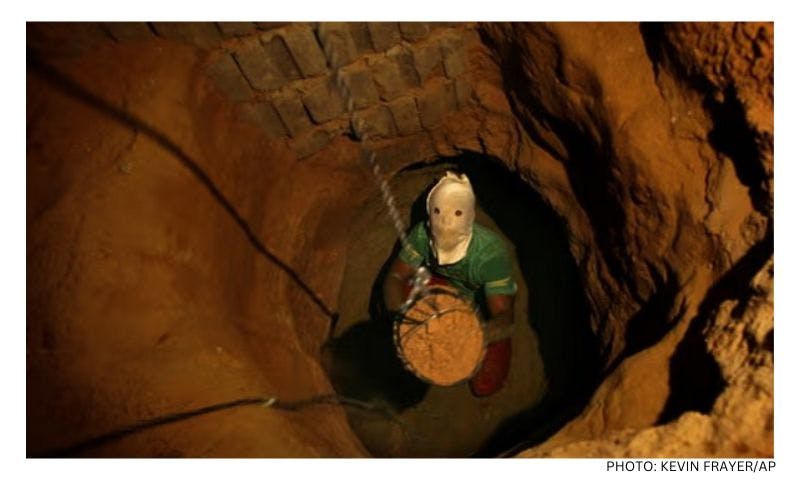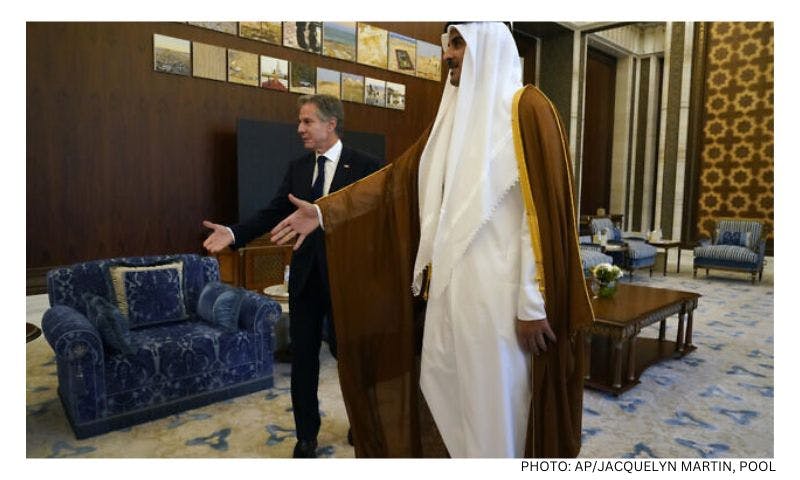Published: 10 October 2016
Last updated: 4 March 2024
Population movements explain many things, and possibly also the growth of Jewish engagement in sport, especially when one looks at the circumstances of East and Central European mass migration to the United States, the United Kingdom and South Africa. Life was bad enough in the shtetls and cities of Russia, Poland, Lithuania and Latvia. It was also ghastly enough in New York's Lower East Side, a space seething with disease-ridden tenements for those often denigrated as 'human riff-raff'. Yet some Jews managed to escape the grind and the cholera, moving into theatre, the movie industry, music (jazz especially), comedy, literature, and sport — usually of the tough boxing kind. Emptying Europe of Jews, from ten million in pre-war 1939 to fewer than two million today, is yet another tale — much of it a disaster and only a little of it a success. The movement to Israel of East and Central European Jews, of those from Islamic North Africa, and of those from South Africa, Britain and France, has impacted on both the vacated nations and the new host.
There is a good PhD topic waiting here, plotting Jewish sporting achievement against the Jewish timeline, starting with England's Jewish Naturalisation Act of 1753 and Daniel Mendoza's boxing supremacy not long after in 1792. Such a dissertation could well look at the politics of inclusion and exclusion, at sport as a litmus test of antisemitism, at the political geography and demography of Europe. The case study of German university societies excluding Jews from fencing and playing chess is but one illustration. Starting in the early decades of the twentieth century, this exclusion was a calamity because having a fencing partner was as significant as having a steady girlfriend — no, much more so. It may seem bizarre today, but a century and more ago fencing indicated a German male’s ultimate acceptance as a worthy human being. It was exclusion elsewhere that spurred Jews to succeed with swords in Hungary.
In an earlier era, the great spiritual leader of German Jewry, the philosopher Moses Mendelssohn, wanted nothing more than to play chess with the German dramatist and critic, G. E. Lessing, the man who invited him into German social and cultural circles. In that eighteenth century era, German critics demanded to know why this Jew ever thought for more than a moment that such social intercourse could make him a 'real' German, something he could patently never be in their eyes. But still Germans 'of the Mosaic faith' tried so very hard to be acceptable citizens, something they were never to become.
Following the death of some 50 million people world-wide as a result Hitler's nightmare war — a war essentially against the Jews — we entered the era of human and civil rights, embraced and embedded in many national constitutions, statutes and treaties. Jews began to integrate, to find social as well as legal, political and economic acceptance. Sports participation increased, especially in Western nations. Figure- and ice-skating, auto racing, equestrianism, yachting, kayaking, canoeing and golf, entered their horizons. Two American sports historians once gave an eureka explanation as to why African-Americans didn't figure in winter sports: they lived far from the snow and they couldn't afford these sports! Ditto the Jews in many contexts.
 South African Formula 1 Racer Jody Scheckter, World Championship Driver 1979
South African Formula 1 Racer Jody Scheckter, World Championship Driver 1979
Jewish ambitions have changed. The days of the eldest male having to do medicine or law, for both prestige and security reasons, have begun to pass, or have passed. So, let's play golf or race Formula 1 cars like England's Stirling Moss, American Kenny Bernstein and the South African Jody Sheckter clan. I have some difficulty believing it, but there is an outfit called JRDA — the Jewish Racing Drivers Association. (What next — The Talmudic Luge Federation?) Earlier, Australia’s Lionel van Praag had broken the mould when he became world champion speedway rider in 1936.

Other factors have contributed to change and the chance of fame. Increased liberation of women is one: it allowed women a space and a place on the tracks and fields in a way that was unthinkable in earlier years. In hindsight, those table-tennis players (discussed in essay IV) were quite remarkable. Another key factor was the Maccabi Games, founded in 1932, a form of 'Jewish Olympics' held in Israel every four years. Competitors earn national points in their particular sports, and while mediocrity is more common, there have been world-class achievements. Notable competitors have been Jason Lezack, Mark Spitz and Lenny Krayzelburg in swimming, Dick Savitt, Brad Gilbert and Angela Buxton in tennis, Agnes Keleti in gymnastics, Angelica Rozeanu in table-tennis, Jeff Agoos in soccer, Bruce Fleisher and Corey Pavin in golf. (I won a golf medal there in 1985, the bronze highwater mark of the mediocre category.)
 Disbarred from the anti-Jewish All-England Lawn Tennis Club until 1952, Britain's Angela Buxton twice won the Maccabi singles, and the French and Wimbledon doubles.
Disbarred from the anti-Jewish All-England Lawn Tennis Club until 1952, Britain's Angela Buxton twice won the Maccabi singles, and the French and Wimbledon doubles.
The creation of Israel has brought Jewish athletes into their own, with world-class basketball and soccer players. At least thirteen Israelis have been stars in English premier league soccer teams, among them Yossi Benayoun, Tamir Cohen, Avi Nimni and Ronny Rosenthal. Tennis players Andy Ram, Dudi Sela, Sashar Pe'er and Shlomo Glickstein have had some good days in international tennis.
Israel has had some notable weightlifters, three of whom will remain in the history books: American David Berger, Polish Ze'ev Friedman and Libyan Yossi Romano, all killed in the Munich Olympic village in 1972. It was a tragic way to die and to be remembered, but it is a quintessentially Jewish way. Their birthplaces also tell us something about Israel and the Zionist ideal.
 Yossef Romano
Yossef Romano
So, we come back to the discussion in the first essay in this series, where I told of my professorial friend at Natal University who insisted that Jews were good critics, writers and talkers but not creators, composers or doers. All too clearly, Jews do a lot more in sport than just watch, form fan clubs, praise the play or complain about everything. In the face of history and the seemingly impossible hurdles they have had to face — and still face in several nations — Jewish sporting achievement is remarkable. Yes, there are thousands of wannabes and as many never was-es. But we have seen something of the doers in this series, the men and women who have not only had to overcome their opponents, but also gross prejudice and, of course, history.
The first essay also addressed the sharply critical view of Otto Weininger, the man who said that the Jewish physique made that 'race' incapable of riding horses, fencing or swimming. It took a Jewish antisemite to pen those words in 1903. By 1904, Jews had already won seventeen Olympic medals — in gymnastics, swimming, water polo, soccer, athletics and fencing. The stereotype of the Jewish posture — stooped, weak, hollow-chested — is how many still see, or prefer to see, 'the essential Jew'. How many more medals will be needed to put that portrayal to rest?
This The Jewish Independent article may be republished if acknowledged thus: ‘Reprinted with permission from www.thejewishindependent.com.au ‘





Comments
No comments on this article yet. Be the first to add your thoughts.